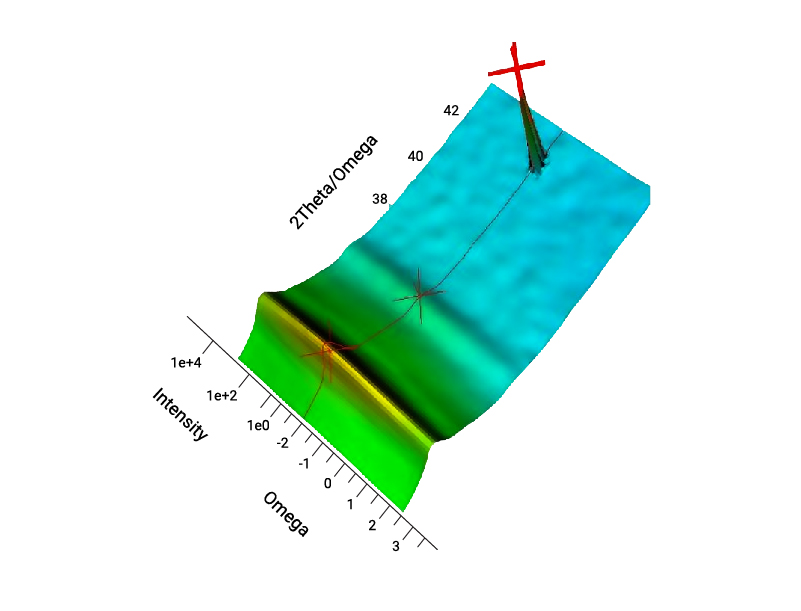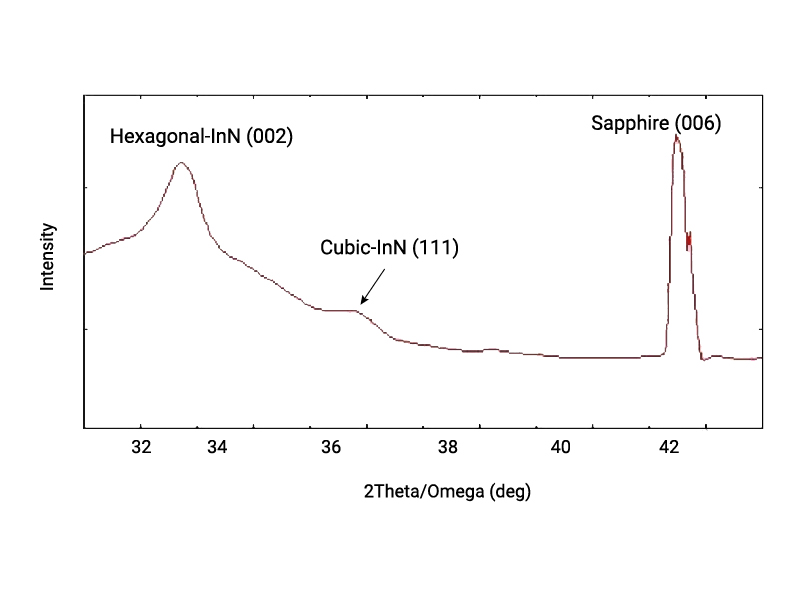Background
GaN, InN, AlN, and their alloys are materials used for blue light emitting devices, including those used for the blueray DVDs. Another important potential application of these materials is white LEDs for illumination, which many people hope will replace the currently used energy inefficient light bulbs. In either case, the performance of the light emitting devices is determined by a crucial factor - the material's quality. There are a number of ways to evaluate the quality of these nitride thin films, but x-ray RSM and RC is the only one that provides quantitative information about the lattice constant variation, alloy composition, misfit strain and strain relaxation, lattice tilting, and mosaicity related to the dislocations in a nondestructive manner. Rigaku's SmartLab multipurpose diffractometer is designed to adapt to various high-resolution XRD needs. Switching among the monochromator modules, such as Ge(220)x2, Ge(220)x4, Ge(440)x4, and Ge(400)x4, is easy and fast. Monochromator alignment is completely automated. A Ge(220)x2 analyzer is used for high-resolution RSM and lattice constant measurements. In the figures below, a RSM measured from an InN/Sapphire (0001) epitaxial film with a combination of a Ge(220)x2 monochromator and a Ge(220)x2 analyzer is presented, along with the corresponding RC. The RSM and RC cover the Sapphire (0006) and the InN (0002) Bragg peaks. The major phase of the InN film is clearly hexagonal as expected. A noticeable feature of the InN (0002) peak is that it is broadened along the Omega direction, indicating the presence of high density dislocations in this film. In addition, a weak peak is observed between the InN (0002) and the Sapphire (0006) peaks with a similar shape as that of the InN (0002). This peak is identified as the cubic InN (111). This suggests that there also exists a minor cubic phase in the InN film with (111) orientation.


